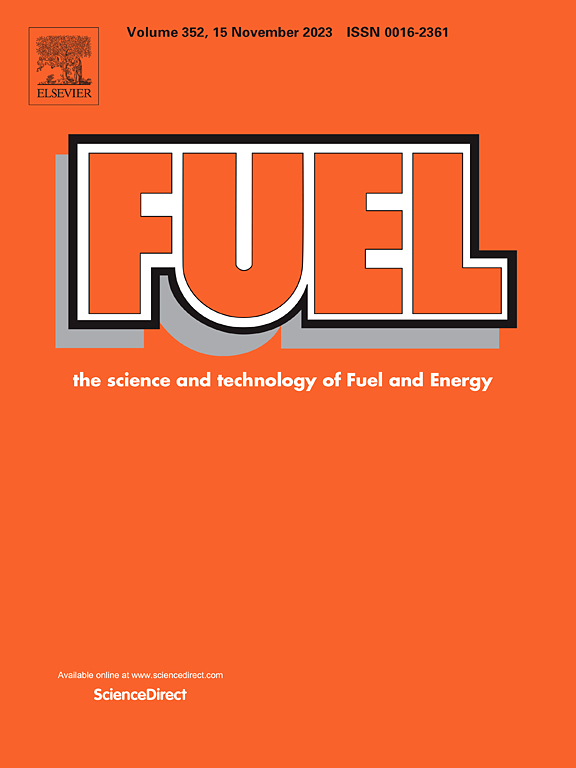Machine learning for predicting methane production and optimizing parameter in anaerobic digestion process
IF 6.7
1区 工程技术
Q2 ENERGY & FUELS
引用次数: 0
Abstract
Anaerobic digestion methane production is an important chemical means of waste recycling. Although the process route has been mature, there are still some difficultie, such as complex construction process, many variables, and difficult to find the influence law of the process parameters. Because traditional anaerobic digestion modeling is complex, the production volume can be predicted just and the influence mechanism of raw material characteristics and process parameters of the product is not clear. Accurate prediction of methane production and optimization of reaction process parameters are essential for the understanding the reaction mechanisms and optimizing the process parameters of anaerobic digestion process. Using Machine learning can skip the tedious process and select key features directly to predict methane production. In this work, First, model ADM1 as a relatively accurate anaerobic digestion prediction model, it provides data set for machine learning, addreses data quality and data quantity in anaerobic digestion process. Then,different machine learning algorithms were used to predict methane production and optimize process parameters. Finally, the most suitable machine learning algorithm for predicting the anaerobic digestion process was found. Using LightGBM and BPNN both can achieve more than 98% accuracy in predicting methane production and optimizing process parameters,. shortening the reaction time step, more accurate results can be obtained for LightGBM and BPNN. This work is a successful application of machine learning to anaerobic digestion processes. Applying AI can solve the common problems of energy production process and provide new ideas for the development of smart energy and smart engineering.
厌氧消化过程中甲烷产量预测及参数优化的机器学习
厌氧消化制甲烷是废物循环利用的重要化学手段。虽然工艺路线已经成熟,但仍存在一些困难,如施工过程复杂,变量多,难以找到工艺参数的影响规律。由于传统的厌氧消化建模复杂,无法准确预测产量,且原料特性和工艺参数对产品的影响机理不明确。准确预测甲烷产量和优化反应工艺参数是了解厌氧消化反应机理和优化厌氧消化工艺参数的基础。使用机器学习可以跳过繁琐的过程,直接选择关键特征来预测甲烷产量。首先,ADM1模型作为一个相对准确的厌氧消化预测模型,为机器学习提供了数据集,解决了厌氧消化过程中的数据质量和数据数量问题。然后,使用不同的机器学习算法来预测甲烷产量并优化工艺参数。最后,找到了最适合预测厌氧消化过程的机器学习算法。使用LightGBM和BPNN在预测甲烷产量和优化工艺参数方面都可以达到98%以上的准确率。缩短反应时间步长,LightGBM和BPNN得到的结果更准确。这项工作是机器学习在厌氧消化过程中的成功应用。应用人工智能可以解决能源生产过程中常见的问题,为智能能源和智能工程的发展提供新的思路。
本文章由计算机程序翻译,如有差异,请以英文原文为准。
求助全文
约1分钟内获得全文
求助全文
来源期刊

Fuel
工程技术-工程:化工
CiteScore
12.80
自引率
20.30%
发文量
3506
审稿时长
64 days
期刊介绍:
The exploration of energy sources remains a critical matter of study. For the past nine decades, fuel has consistently held the forefront in primary research efforts within the field of energy science. This area of investigation encompasses a wide range of subjects, with a particular emphasis on emerging concerns like environmental factors and pollution.
 求助内容:
求助内容: 应助结果提醒方式:
应助结果提醒方式:


